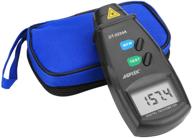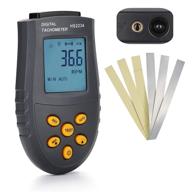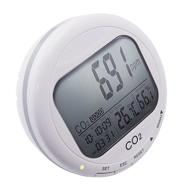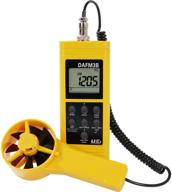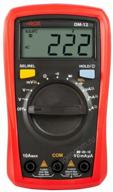
Review on 🔧 Digital Tachometer Contact Diagnostic Tool by Toolso by Steve Cooper

Works best in speedometers
I am happy with this purchase. However, it has some limitations. Maybe sensitive to light? The easiest way to explain this is to simply explain what I need it for. A few years ago I replaced the fan motor in a fairly expensive window air conditioner, but it didn't work properly. Since it was hot like Aida, I just put it away on a pallet and bought a new air conditioner. Well, the compressor of the "new" unit died this spring after a few years and I've decided to give this old one a different look as it's not very hot yet and last but not least I need to free up some storage space. I also kept the original fan motor which I suspected was defective. This time I dived pretty deep and disassembled this original motor which actually had a bad anchor. I just knew it wasn't working properly. So I ripped back to this AC unit to see if I hooked something up wrong or missed something - NO! But the speeds of all fans seemed to be low! So I had to check the actual speed. Of course, gosh, it was 25-35% slower if that new tachometer is correct. I ran additional resistance tests on both sets of field windings, and the windings on the "new" motor actually had significantly higher resistance. So I built the Frankenstein using the original motor's field windings and the 'new' motor's armature. Wow! The high revs have increased from 990 rpm to 1360 rpm and all other revs have also increased. I couldn't know for sure without using some kind of tachometer. Of course, all of these dyno tests were done with the same fan taped to the same piece of reflective tape, and everything was pretty much up in the air. The problem is that when things are partially assembled and other moving (or maybe even stationary) parts interfere with the "line of sight" readings, the readings become unpredictable - or maybe I should say unbelievable. have some impact on the readings provided by that touch. I think that's reasonable since some of the rotating (and even vibrating) parts are pretty shiny and might reflect light themselves. Comparing apples to apples from two identical motors spinning the same fan with the same reflective tape attached, the readings based on airflow and noise were plausible. Also, the fan ratings are 1400/1200/950 RPM, and the one I built from "parts of a two" showed around 1360/1250/990 RPM according to this tachometer. I'd call it close enough! But it really does feel like you should have a very clear line of sight with no movement or vibration of neighboring parts, and a reliable light source with no flickering light like a spinning light. Montage partially obscuring things.
- When working in wood and metal it can be used to accurately measure the speed of a lathe.
- Brief Manual






